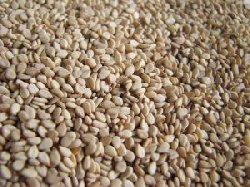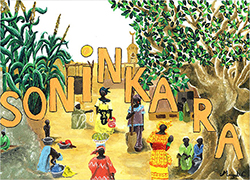
Article submitted to Soninkara.com by Monique Chastanet .
summary
From a Soninke proverb collected in the Bakel region ( Upper Senegal ), I reconstructed the story of an old resource , agricultural and gathering. It took me several years to identify the proverb cited in this plant because it was no longer cultivated since the mid-20th century. I have done crossing oral and written sources , including archives from the 18th and 19th century sources. Once placed on the track sesame, through new investigations and different jobs, I realized that several species were involved, cultivated or gathered ( Sesamum indicum , Sesamum radiatum , and Sesamum alatum Ceratotheca sesamoides ) . Spontaneous , on the other plants continue to be used for magico- therapeutic . Sesame was formerly cultivated as an oilseed plant, among different sources of fat , plant and animal matter . It was rivaled by peanuts , 18th and especially the 19th century, during the period of trafficking and early colonization. It is in the upper Senegal , in fact, began the commercial cultivation of this plant of American origin, long before the development of the Senegalese groundnut basin . This study shows how a proverb may, despite himself , playing a memorial role and become a source of history.
Keywords
Sesame, groundnuts , agriculture, harvesting , feeding, magico- therapeutic uses , local knowledge , proverbs, oral and written sources , Soninke , Senegal top sources.

